The Great Character Creator Conundrum: Why Developers Must Bring Back Deep Customization
Popular Now
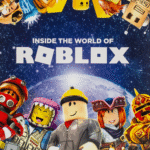 Roblox
Roblox
 EA SPORT FC 25
EA SPORT FC 25
 Call of Duty
Call of Duty
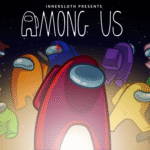 Among Us
Among Us
 Schedule I
Schedule I
 Free Fire Max
Free Fire Max
 Auto X Drift Racing 3
Auto X Drift Racing 3
 Fortnite
Fortnite
 Sonic the Hedgehog™ Classic
Sonic the Hedgehog™ Classic
 Rust
Rust 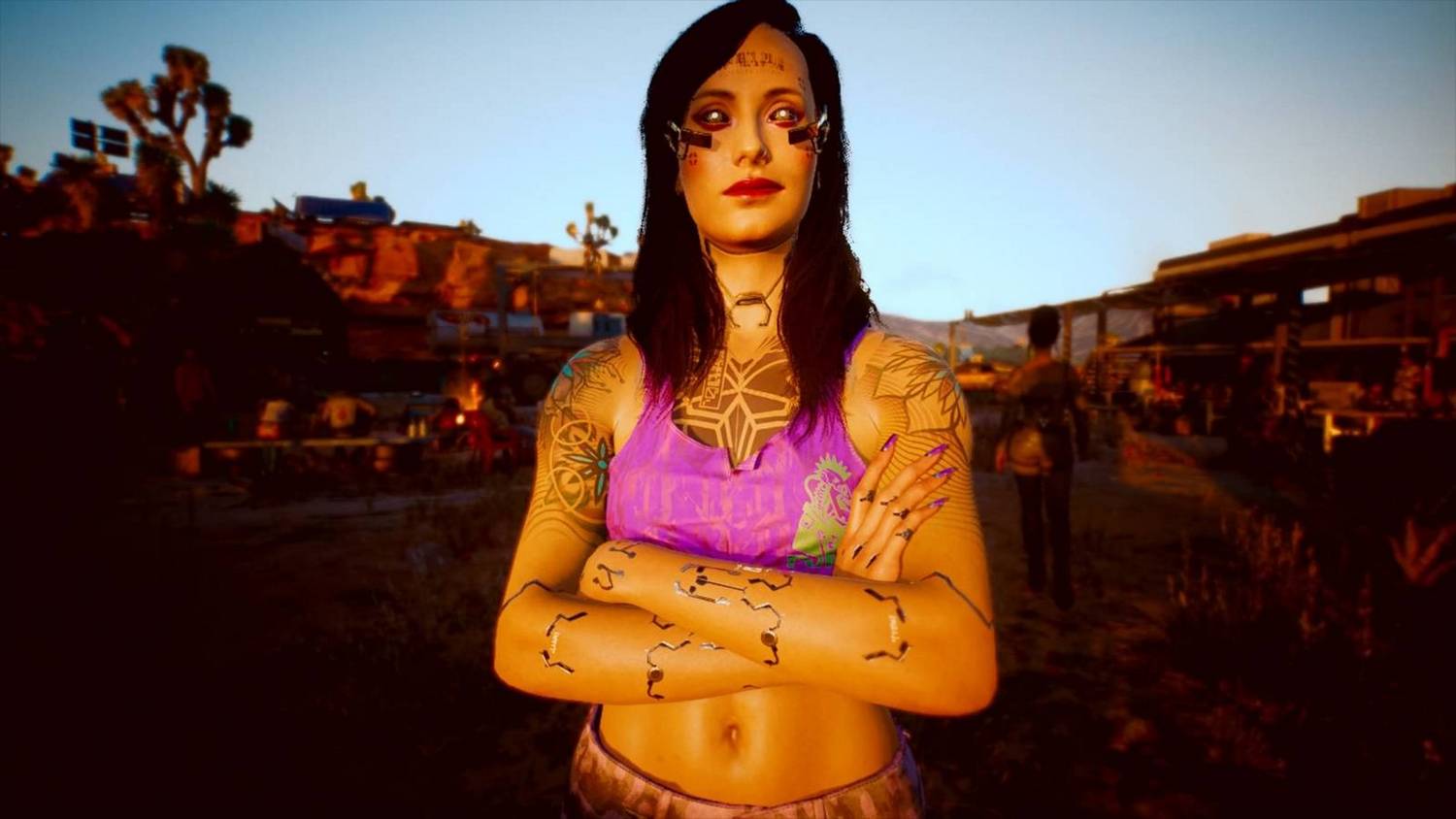 In the evolving landscape of role-playing games, a subtle but significant trend has emerged that leaves many veteran players feeling alienated. The once-sacred, deeply intricate character creator, a hallmark of the RPG genre, appears to be losing its prominence. Modern titles, while graphically stunning and technically advanced, often present players with a limited, pre-packaged selection of character models and features. This shift is a disservice to the core tenets of the genre and a missed opportunity for both players and developers. It’s time for RPG devs to heed the call: let us back into the character creator and unleash our creativity once more.
In the evolving landscape of role-playing games, a subtle but significant trend has emerged that leaves many veteran players feeling alienated. The once-sacred, deeply intricate character creator, a hallmark of the RPG genre, appears to be losing its prominence. Modern titles, while graphically stunning and technically advanced, often present players with a limited, pre-packaged selection of character models and features. This shift is a disservice to the core tenets of the genre and a missed opportunity for both players and developers. It’s time for RPG devs to heed the call: let us back into the character creator and unleash our creativity once more.
The character creator is more than just a menu; it is the genesis of a player’s journey. It’s the moment where a blank slate transforms into an avatar, an extension of the player’s identity within the game’s world. Games like Elder Scrolls V: Skyrim and Fallout 4, despite their age, are still celebrated for their robust customization systems. Players could spend hours meticulously adjusting every slider, from the size of a nose to the arch of an eyebrow, crafting a unique protagonist. This process fostered an immediate and profound sense of ownership and connection to the character. It made the heroic deeds and tragic failures of the in-game journey feel intensely personal.
Conversely, many contemporary RPGs offer a handful of presets with minor variations. While this approach might save development time and ensure consistent character models in cinematics, it strips away the player’s agency. When a game offers only a limited number of faces, players often feel like they are playing as a predefined hero rather than building their own. This can dilute the immersion and make the emotional stakes feel less significant. The choice between “male preset A” and “female preset B” is not a choice at all; it’s a restriction.
 The Financial and Creative Case for Robust Customization
The Financial and Creative Case for Robust Customization
Some developers might argue that extensive character customization is a luxury they cannot afford. The argument is that the resources dedicated to creating intricate facial geometry and a wide array of options could be better spent on other areas, such as world-building or combat mechanics. However, this perspective overlooks the significant return on investment (ROI) that a powerful character creator offers.
- Increased Player Engagement & Retention: When players invest time in creating a unique character, they are more likely to stick with the game. This personal connection leads to longer play sessions and a reduced churn rate, which are critical metrics for modern live-service games and single-player titles with replay value.
- Viral Marketing & Social Sharing: A strong character creator is a goldmine for social media marketing. Players love to share their unique creations on platforms like Twitter, Reddit, and TikTok. These posts generate organic, free publicity and attract new players who are drawn to the game’s creative potential. Think of the endless discussions and memes generated by character creators in games like Cyberpunk 2077 (despite its initial launch issues) or Baldur’s Gate 3.
- Monetization Opportunities: A robust base character creator can be a foundation for future cosmetic microtransactions. Players are more likely to spend money on new hairstyles, tattoos, or clothing packs when they have a strong emotional attachment to their character. This creates a sustainable revenue stream long after the initial purchase.
- Enhanced Role-Playing: The “role” in RPG is crucial. A deep character creator allows players to truly role-play, creating a character with a specific backstory, personality, and aesthetic. This fosters a more immersive experience, which is the ultimate goal of the genre.
 Technical Advancements and Future Possibilities
Technical Advancements and Future Possibilities
It’s important to acknowledge the technical challenges. Creating a system that allows for infinite variations without breaking character animations or causing graphical glitches is complex. However, modern game engines and advancements in procedural generation and animation rigging have made this more achievable than ever. Developers can now utilize tools that procedurally generate features and ensure seamless integration with a character’s skeleton and animations.
The solution isn’t to simply revert to old methods. Instead, it’s to innovate. Imagine a system where a player can sculpt a character’s face like a digital artist, using intuitive tools to push, pull, and refine features. Imagine the ability to import custom textures or tattoos, or even to blend different racial features seamlessly. These are not pipe dreams; they are the next logical step in character creation.
Developers hold the key to a more immersive future for the RPG genre. By prioritizing deep, meaningful character customization, they are not just adding a feature; they are reinforcing the very foundation of what makes these games special. It’s an investment in player engagement, community building, and long-term success. So, to the game developers out there: please, let us back into your character creator. Our avatars, and our wallets, are waiting.

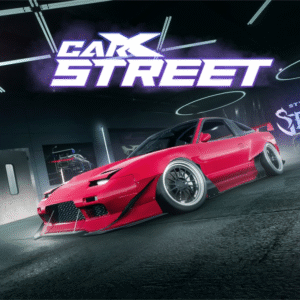

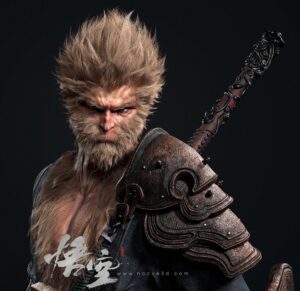



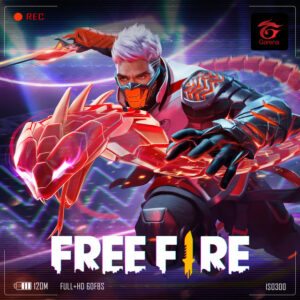



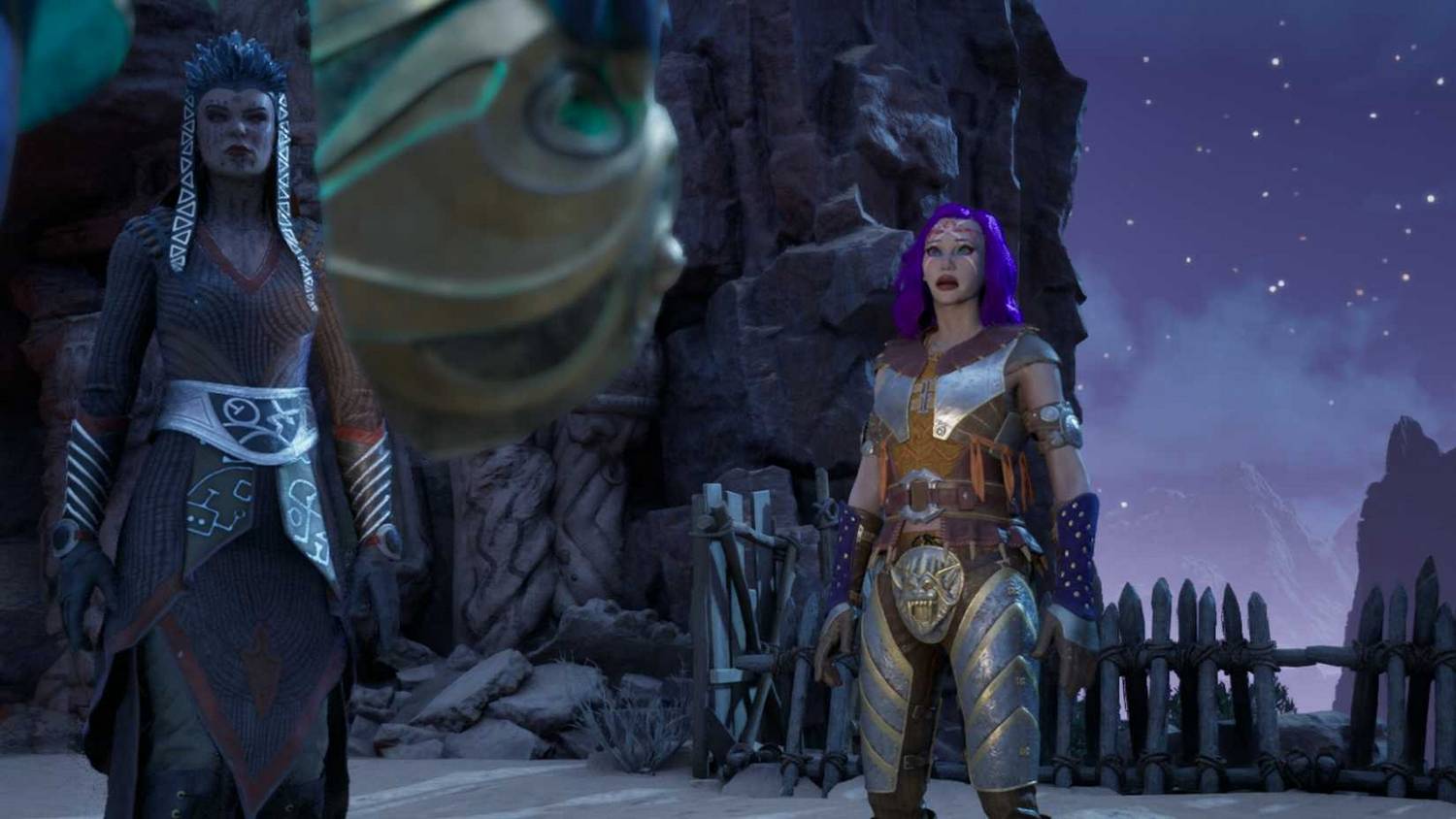 The Financial and Creative Case for Robust Customization
The Financial and Creative Case for Robust Customization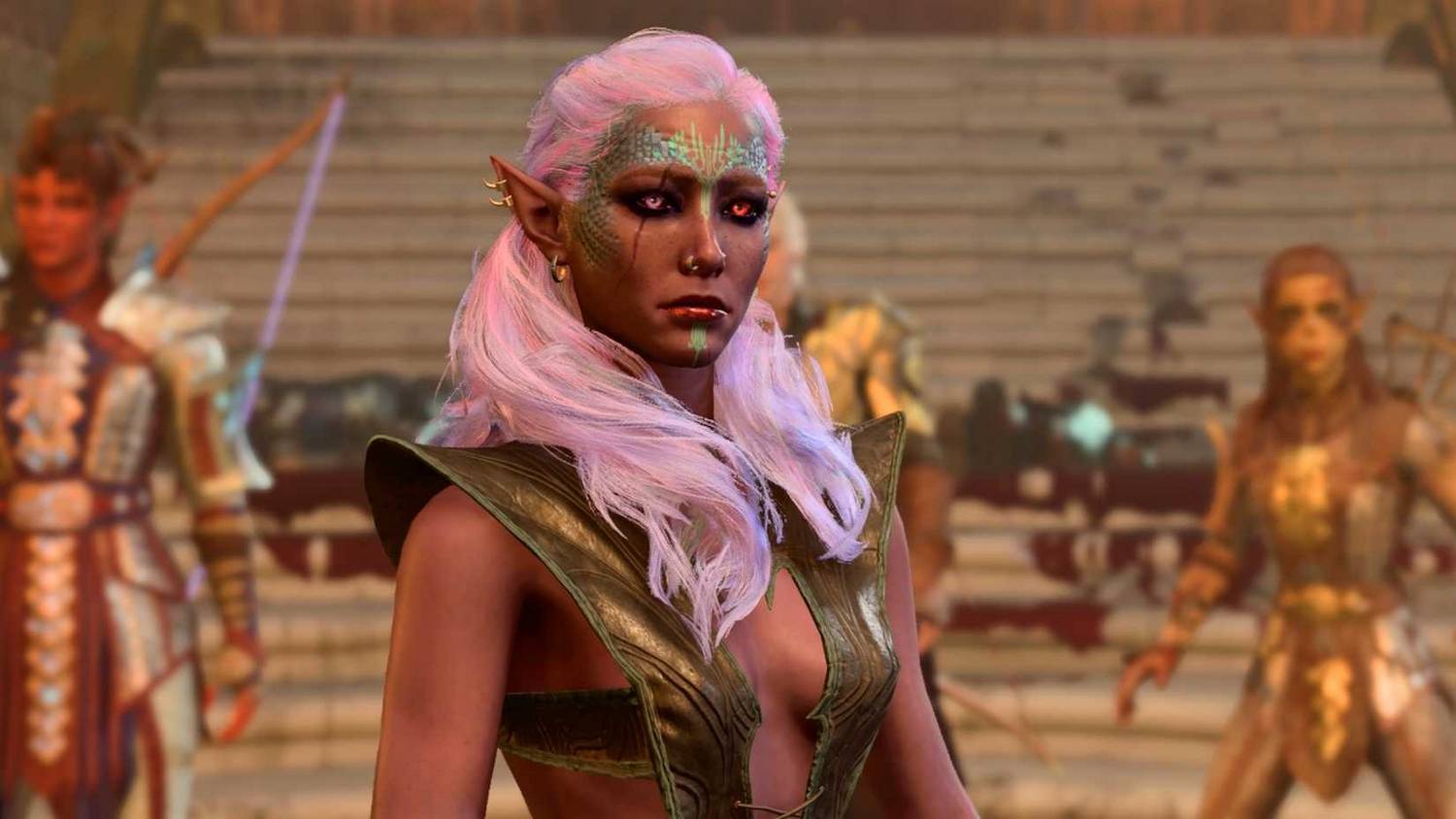 Technical Advancements and Future Possibilities
Technical Advancements and Future Possibilities